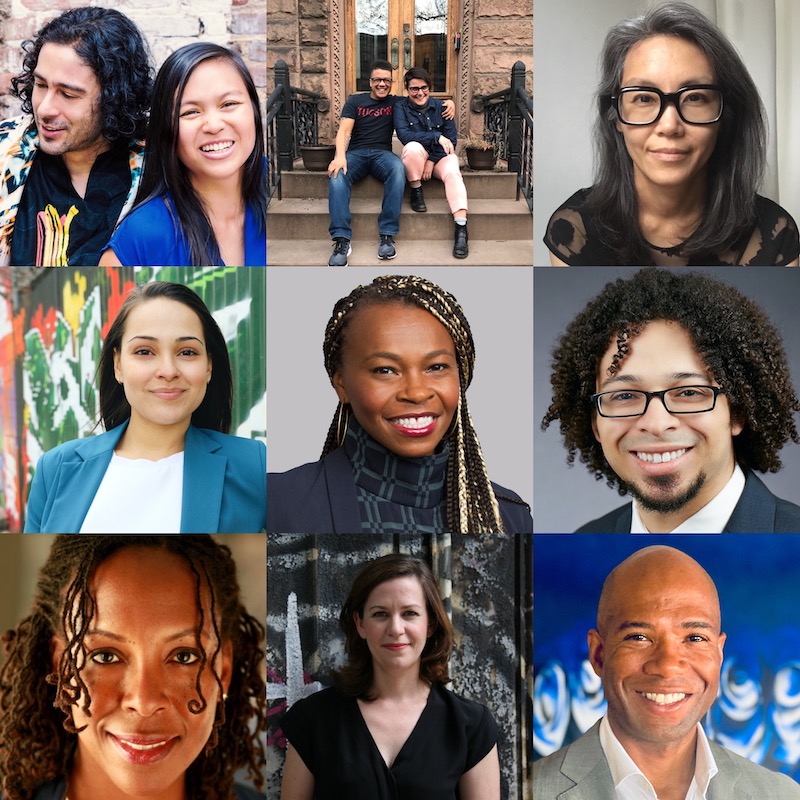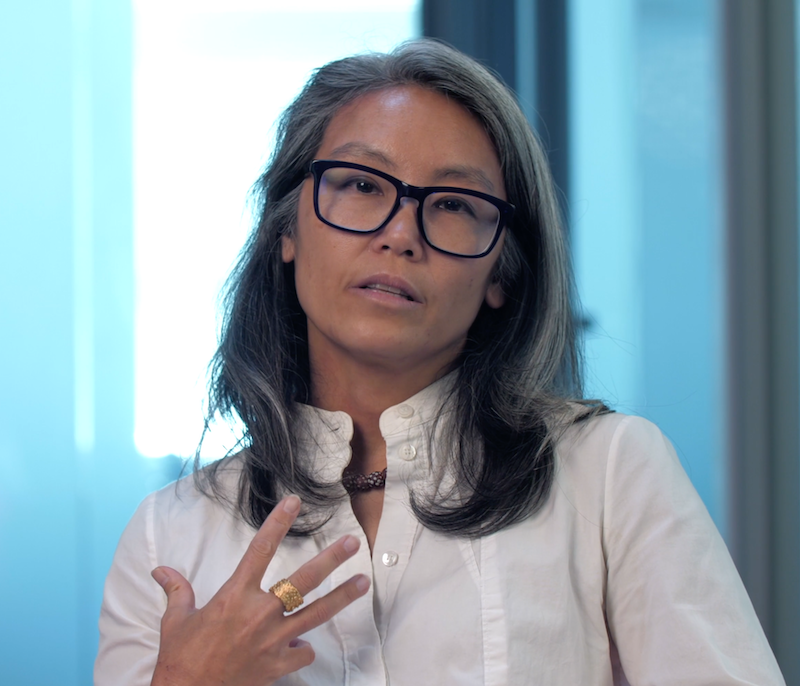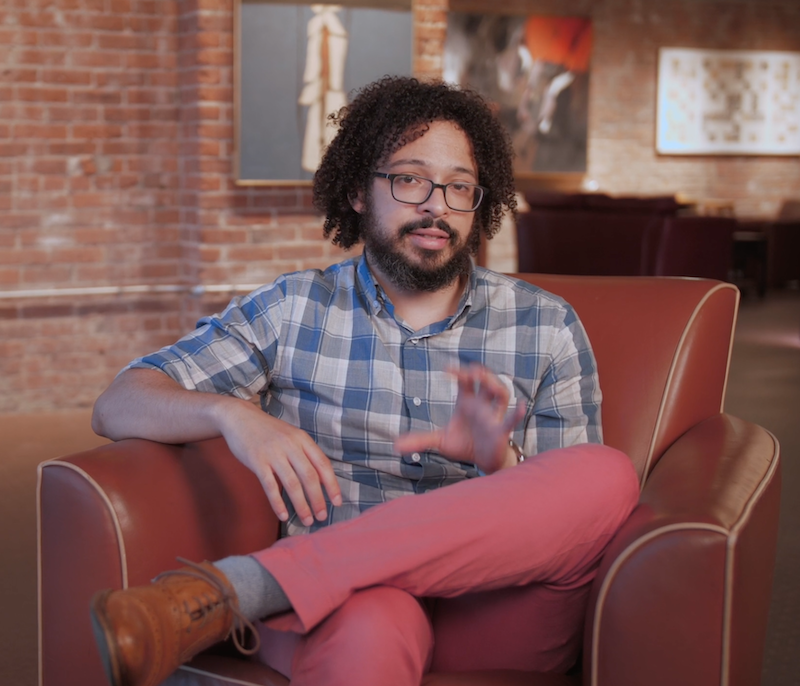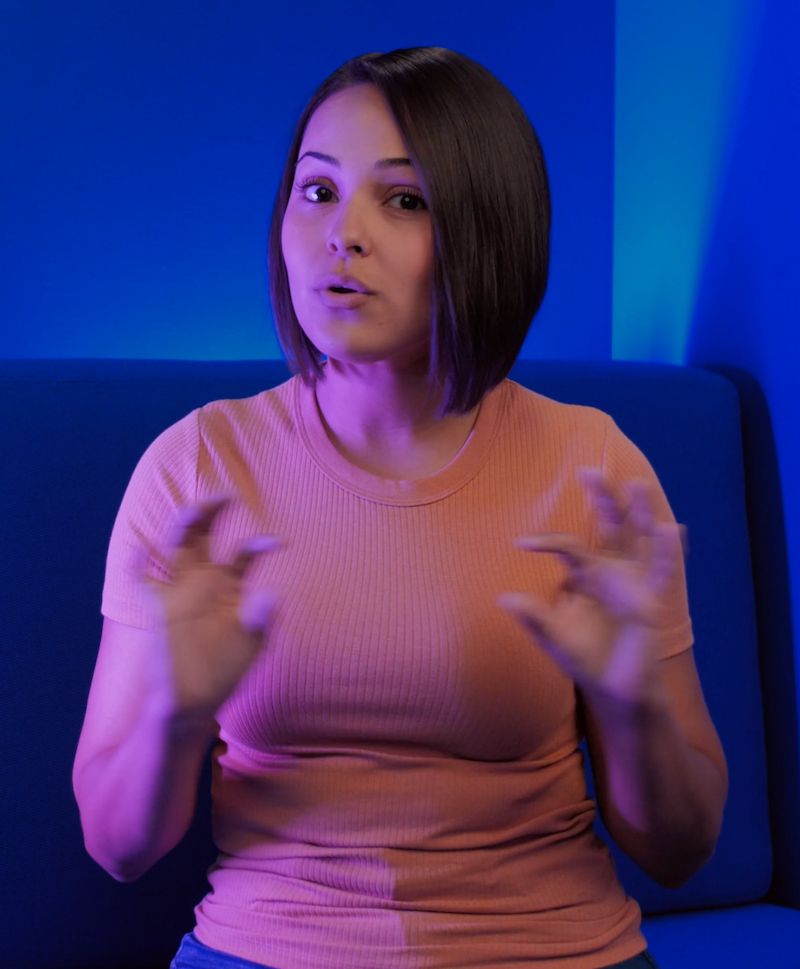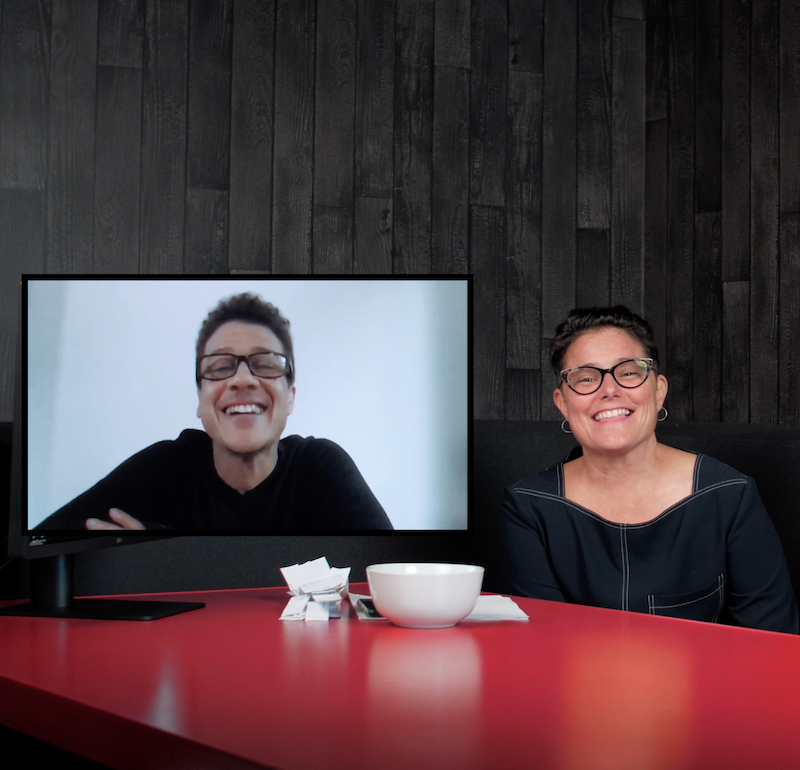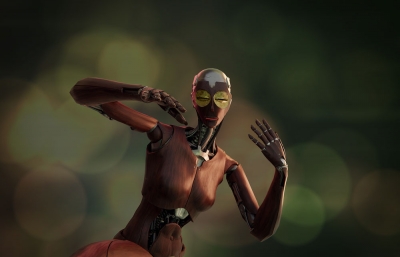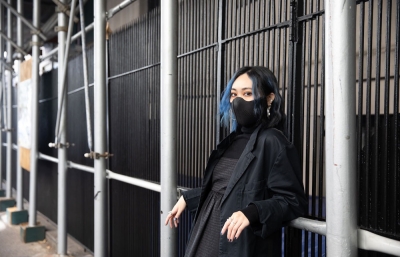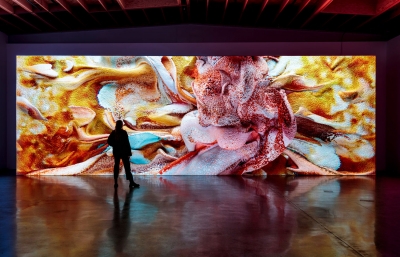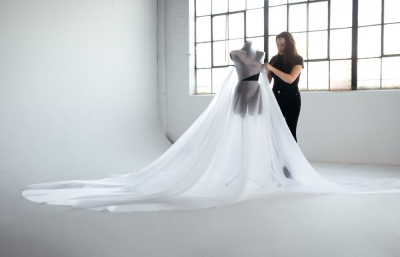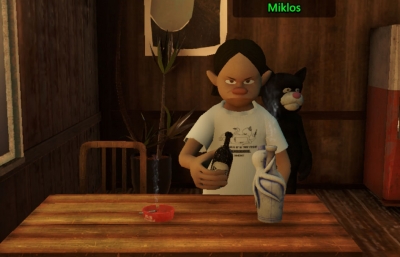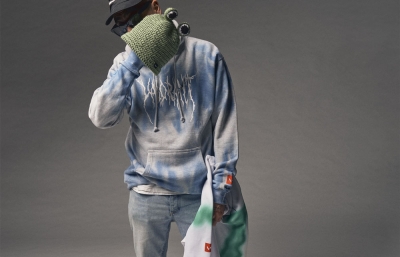The pandemic forced many aspects of society into adjustment. It motivated innovative adaptations which sometimes brought unexpected improvements to the way we do things, changes that will likely continue long after Covid retreats and restrictions are fully rolled back. In particular, nearly all in-person activities such as meetings, conferences, and classroom education shifted to online video conferencing platforms like zoom.
In a similar vein, the Art World Conference — a first of its kind dedicated to professional practices for contemporary artists — adapted to the pandemic. Its co-founders, Dexter Wimberly and Heather Bhandari, rose to meet the pandemic challenges and assembled an amazing team to quickly evolve a new online platform to continue their vision which they have called Art World Learning.
The conference had its inaugural meeting during 2019 in Manhattan. Following the momentum of great responses and feedback, the organizers optimistically planned three in-person conferences for 2020. They did manage to have one of them in Los Angeles just before the world shut down, but the ones planned for New York and Chicago completely evaporated. Dexter Wimberly confided in a Zoom conversation that, “we just couldn’t do it; and it wasn’t clear what the future would be.”
The entire premise for the original conference was based upon the high value of in-person education. With that said the organizers had already discussed packaging this wellspring of knowledge so that it could become available to an even broader audience. However, these ideas were very much back burner projects. Once the pandemic hit all possibilities for the in-person conference vanished. Then the back burner project quickly became the main event.
The missing link in art education
The ubiquitous experience that graduating artists leave college with little-to-no preparation on basic business practices is such a common story to hear. After years of discussing how their work relates to some theory or another, these artists enter the world with an unrealistic view of how to function within society. Thus many face financial hardship. Recall the statistic that only 1% of artists make a living with their work. However with contemporary art skyrocketing in value, there seems to be no reason to continue to accept the false myth of the starving artist as a reality.
Most art schools get a leaky faucet of feedback at best about professional artist practices. Even those graduating with their MFA’s and entering the world as a “master” are greatly unprepared. There is no reason why schools should have limited access to the business models for freelancers and creatives. The need is clear for an online educational platform. Enter Art World Learning, which offers a key unique feature to its subscribers — access to real world art professionals of different vocations who have been collected and curated together in an organized and easy to access format.
Currently the AWL website contains 18 videos from 11 presenters who bring their real world expertise from diverse fields. They cover topics like financial planning for freelancers, taxes, credit, and intellectual property to name just a few. Several new videos are in the works and will be added later this year. The style of presentation is fun and engaging. Great effort is made to engage the viewer with questions and mind experiments that help to integrate the information put forth into their own personal practices. All of the video content is supported in several ways to make it easy to reference again. Below the embedded video windows, you can find the discussed topics outlined with time codes. In addition, the website is also packed with supplementary materials and downloadable PDFs — worksheets to get you started on implementing the new professional strategies.
Recently, Art World Learning has become available to individual artists and designers on an annual subscription basis. Initially the platform was offered as an à la carte subscription to colleges for their students and alumni, allowing the schools to decide on the number of seats they would like to have. When I first had a zoom chat with Dexter this past March, already a dozen schools had signed on including Cranbrook Academy of Art, College for Creative Studies, Rhode Island School of Design, School of Visual Arts, Otis College of Art and Design, New York Academy of Art, Yale School of Art, Pennsylvania State University,, Washington University in St. Louis, and Montsterrat College of Art. And in the past couple months, School of the Art Institute of Chicago, San Francisco Art Institute, Moore College of Art & Design, and California College of the Arts have also joined the list of academic subscribers.
The co-founders of AWL are strong supporters of higher education — Heather Bhandari works at Brown University and Dexter Wimberly is a senior critic at the New York Academy of Art. Although there have been several other virtual education platforms that have been so emboldened as to suggest who “needs schools anymore,” AWL’s co-founders are in no-way suggesting that this type of online learning can replace schools and the importance of in-person education with peers.
Recently, I had the opportunity to check out a few of the presentations offered on the AWL website. Freelance Finance Overview presented by Pamela Capalad and Dyalekt (of Brunch & Budget) delivered clear accessible strategies essential to creative professionals. The worksheets and audience engagement helped put these new strategies and organizational systems into action. I also checked out the segment on intellectual property, presented by Jessica Lee, a Partner at Loeb & Loeb LLP. This was incredibly eye opening, and clarified many unanswered questions regarding trademark and copyrights, and what sort of licensing we inadvertently sign up for when using social media platforms.
All in all, if you are doing something creative and have the aspiration that it will be more than just a hobby, then I can’t recommend Art World Learning enough. —David Molesky

